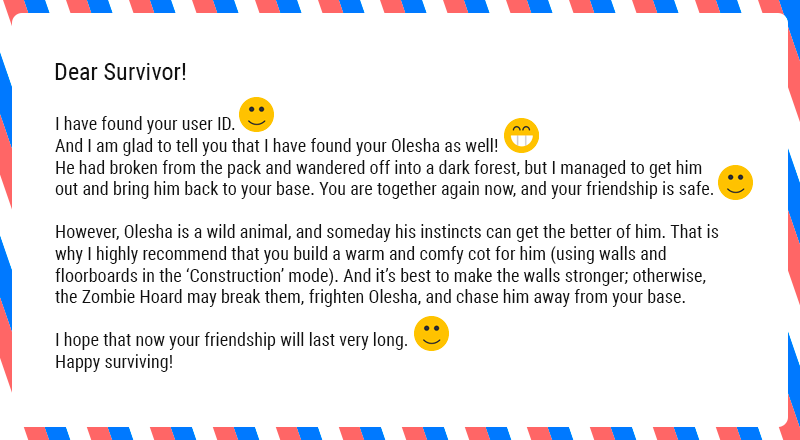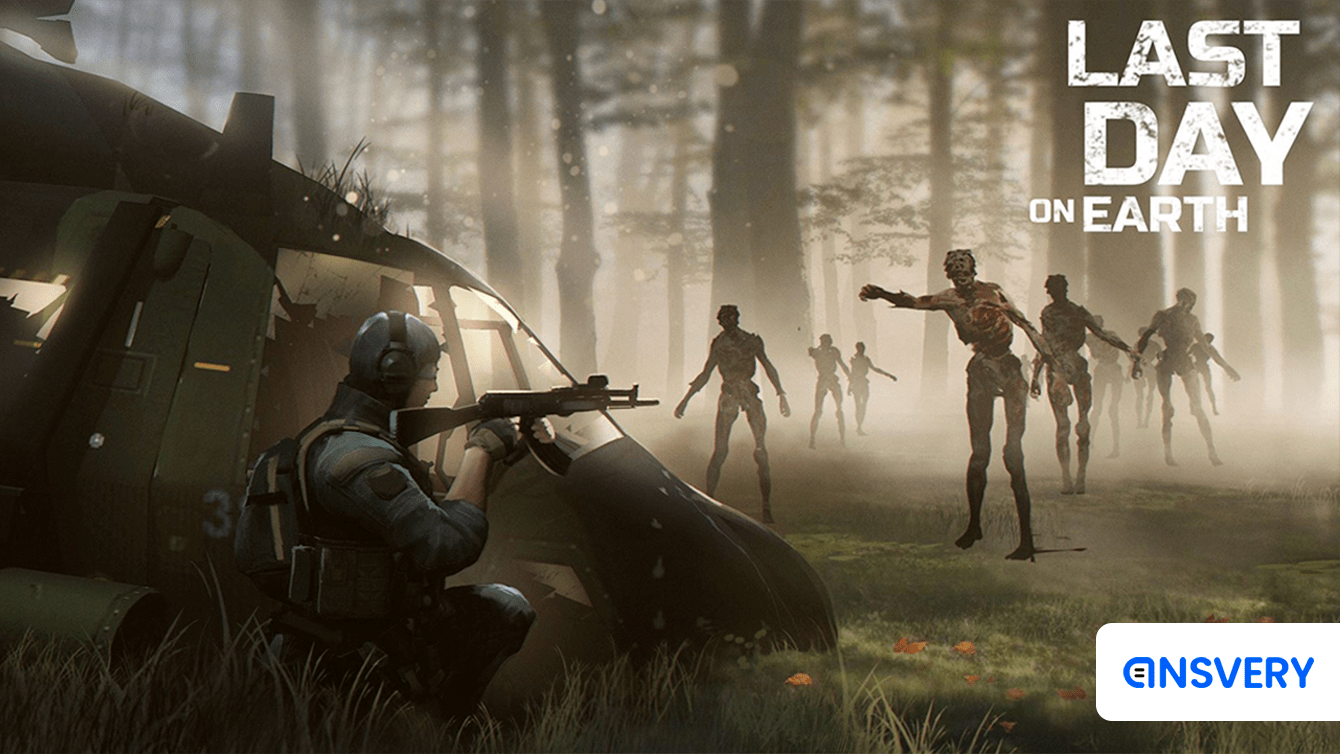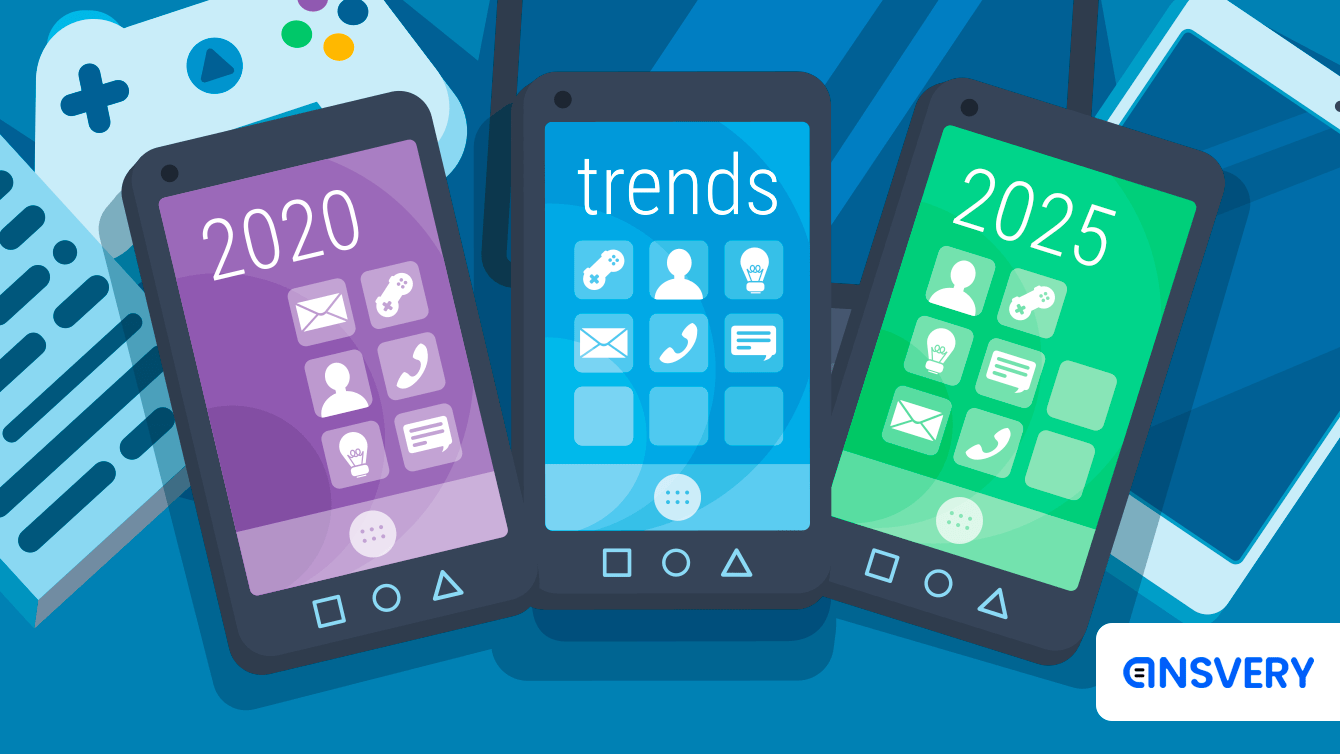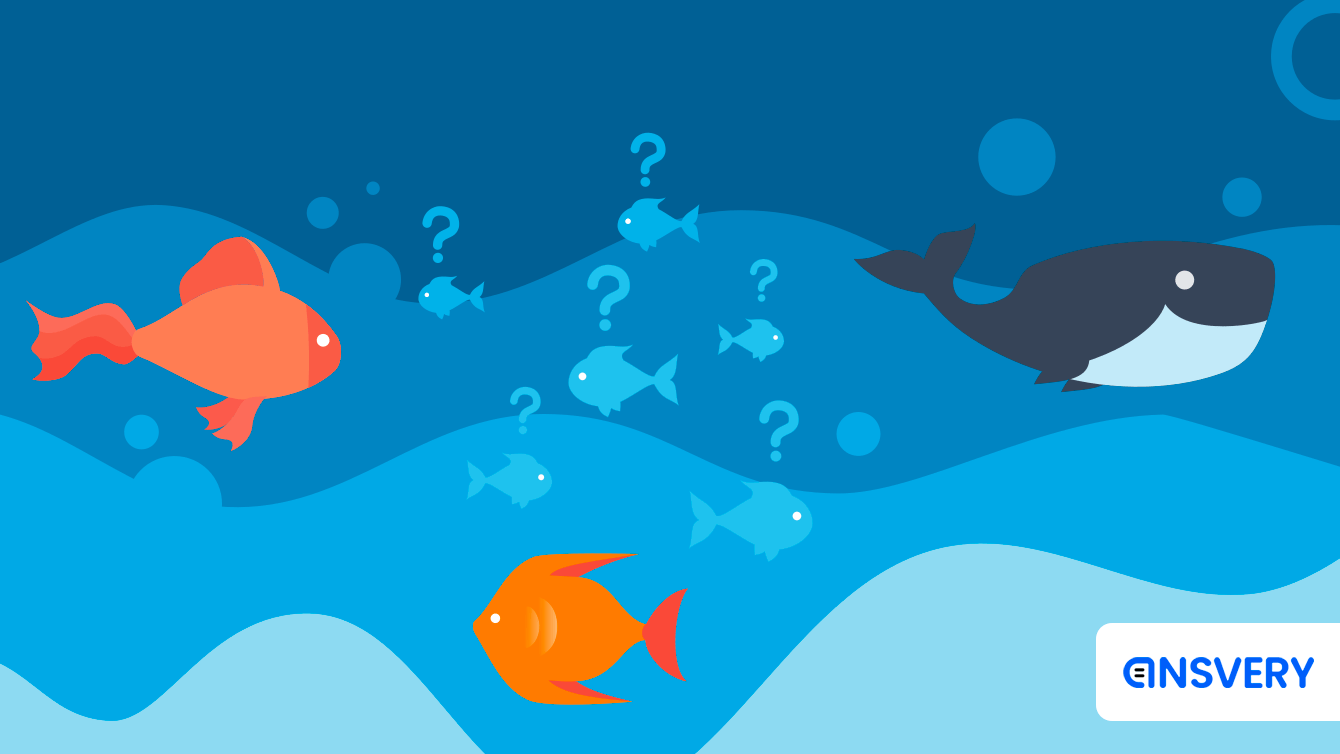How to Boost User Loyalty: A Case Study from Kefir & Ansvery Support Team
Principal characters
Have you ever considered if you can survive the zombie apocalypse? Will you know where to get food and shelter, how to protect yourself from the cold, and what weapon is the most reliable against the undead? When you are surrounded by half-destroyed buildings and dark forests – what will be your chances?
These questions are not as weird and unrealistic as they may seem at first. Thousands of people ask them every day and even consult appointed specialists on the topic. Of course, we are not talking about a possible future of our civilization (although no one can tell what 2021 has installed for us) but one of the games created by Kefir; and the appointed specialists are us – an outsourced customer support Ansvery.
Kefir is a game developer whose landmark games Last Day on Earth, Frostborn, Grim Soul, Metro 2033, and others have won the hearts of millions of users from all over the world. In their free time, the employees invest in personal growth, hold internal tournaments and auctions, and launch stratosphere balloons.
During two years of collaboration, the company entrusted us with two games – Last Day on Earth and Frostborn (the latter has recently entered the international market). We respond to user requests and reviews in app stores, maintain constant communication with the developers, and, of course, play the games ourselves. As a result, the Ansvery team that works with these projects has embraced and absorbed the company's spirit and the principles of its attitude towards the users. Our task is to ensure the best communication experience for the customers, diffuse any negative situations, and strengthen loyalty and love.
Read more: How to improve app rating: success story by Ansvery and SketchAR
Support and Loyalty
Customer loyalty is the Holy Grail for any company. Loyal users can bring both profit and moral satisfaction. They are not just more likely to donate; they are also highly interested in the development of the game and can leave positive reviews that may attract new customers.
However, it is also a well-known fact that ensuring loyalty demands painstaking work. Users are not quick to trust; first, they need to consider all the pros and cons. And it is especially hard to fight for loyalty within this fast-growing market when app stores and colorful ads tempt users with new exciting games, and every success leads to an army of clone projects.
Naturally, a gripping idea and quality of the game are the key elements of securing customer affections. However, to keep the users enthralled, the company also needs to show that the brand deserves loyalty and love. The brand image largely rides on how the company talks to the customers: on the official site, in the community, and, of course, in support chats. Moreover, support may become the decisive factor in determining a user’s attitude – since it is the place they turn to when in crisis. If customer service deals with a problem efficiently and takes care of all its psychological side effects, it will do the reputation of the company the world of good.
To create such a positive effect, the issue you need to solve may not necessarily be a tricky glitch. It can be any user request, as long as it carries enough emotional weight for the customer – either negative or positive. Even brief feedback can be loaded with meaning and significance. Further on, we shall tell you a fascinating story about such a vivid display of emotions and the result it provoked. But first, let us consider the genre of feedback itself.
Read more: Why it is Crucial to Train your Agents
On the usefulness of user feedback
So here we will talk about a particular type of request that users send to the company. These messages contain their thoughts about gameplay, their successes, and failures, the future of the game they envisage. Some players are generous in their praise, while others are equally expressive in the display of their indignation. It would be fair to say that such feedback has a special status. It contains a personal opinion, and this is something that humans treasure very much. So, one should never ignore the feedback of this kind; on the contrary, if a company uses it wisely, it can bring them a mountain of good.
-
First, feedback becomes a kind of a reference point for the developers – they can see how players react to the new features they have introduced, which mechanics become popular, and which – on the contrary – cause only irritation. It helps them find the best way to proceed with the game to retain existing players and attract new ones.
-
Second, feedback is a limitless source of ideas for improvement. Especially if a company (like Kefir has done) creates a friendly community spirit that encourages users to share their suggestions.
-
Third, it is a great way to make players feel their involvement in the project when their wishes - though somewhat modified – come to life. Their attachment grows: now they do not just play a game created by famous developers; there is now a part of their own creative spirit in it.
-
And fourth, extraordinary and impactful reaction to feedback can move the relationship between a player and a brand to a completely different level. The main thing here is to recognize that moment when you need to act in a specific way when there is an opportunity to create an unforgettable user experience. And since such words as extraordinary and impactful require proof, we shall now come to the promised example.
Read more: Multichannel and Omnichannel Support: Best Ways to Organize User Communication
Last Day on Earth and the Deer Conundrum
The main character in Last Day on Earth is a person who has survived a global catastrophe and must adapt to the post-apocalyptic world. They need to build a base, get food, weapons, and transport, and at the same time, ward off blood-lusting zombies of different colors and sizes. Various locations also contain wild animals which the survivor can use to satisfy their needs. For example, deer are a source of meat, and you can make clothing out of their skins.
However, a survivor does not just require food and warmth. They also need a friend.
Sometimes, when a player starts building a base, they can find a deer right on their assigned patch of ground, its likely purpose being to provide the survivor with nourishment. However, this time it all happened differently. A user (let us call her Leana) gazed into the sad eyes of the deer and found herself unable to strike the beast down. It stayed on her base and became her friend. Leana played with the deer, and it made her heart glad when she returned from a raid carrying a bag full of loot. She even gave the deer a name – Olesha (Deery).
This “pet” became an unexpected bonus for Leana, an additional motivation to enter the game every day. Her player experience became extremely personal, and her emotional connection to the game grew stronger.
So we can only imagine her disappointment when she entered her base one day to find that the deer was gone!
She immediately contacted the support, and her message was one of bitterness and sadness at her friend’s disappearance. She was not even asking for anything. She just wanted to share her feelings – to show how much appeal the game had lost now that the deer was not around.
The support agent who received this message could not stay indifferent to her suffering. They knew from experience that a user’s strong emotions should never be ignored. These moments can either lose you a customer or turn them into your apologist. However, the agent was not driven by some perceived opportunity to create a positive service example but a genuine desire to help. They decided not to simply show compassion but move the case to the next level and discuss it with the developers.
There this touching story also found fertile ground – Kefir’s priorities and values are focused on getting a user the maximum possible help, not pushing a loyal player away but trying to make their communication experience rewarding and unique.
It turned out that there was no technical error and that the deer simply craved some me time in the forest. However, the developers approached the issue with all due diligence. They found the fugitive and returned it to the base. More than that, they went an extra mile and turned Olesha into a unique game item – a Tame Deer that will never abandon its survivor friend ever again.

This is how the support agent told the user the happy news!
Leana’s joy at Olesha’s return was beyond description. She built a special cote for her friend where it happily stays. What the developers did for her largely defined her attitude towards the game. The cross from acute frustration to surprise and amazement served as a boost to her loyalty. Now she knows that she can rely on support even in the most complicated and extraordinary circumstances. Even if she faces problems in the future, she will contact support with a positive predisposition and high expectations. There is no need to perform a miracle every time – from now on it will be enough to sustain the image of friendly and competent support service to maintain the customer’s good impression. And if someone asks Leana about the game, she will probably speak rather highly of it, and the company will get some positive word of mouth. It is even possible that she will write a favorable review on social media or an app store. And if she does not, some other player might – some other player whose problem the company solved or whose sufferings eased.
Takeaway
This moving episode is clearly a customer success story. Its first ingredient is seeing user feedback not just as some piece of useful information but as an opportunity to take the relationship between the customer and the company to the next level. When a game serves as a source of adrenaline and an outlet for creative thinking, then a strong surge of emotions or a multitude of ideas may urge a user to contact the company and express their concerns or their affection via feedback. By acknowledging the users’ feelings and confirming the value of their ideas, you can strengthen their association with the game and increase their loyalty.
However, in order to do all this, the company needs a user-oriented philosophy. Players must feel that they really matter and that the game exists for them. At the same time, it is crucial that this philosophy does not just stay on paper. Like it happens in Kefir, it should be enacted on all platforms where the company communicates with its users and flow through all departments spreading even to outsourcers. The example with Olesha demonstrated that such effective and inspiring solutions can only be born when different departments are perfectly tuned to each other when developers and support are on the same page and act like a single organism. The teams from Kefir and Ansvery share the same attitude that kicks in immediately as they start working with a user request. We can summarize this attitude in two questions: "What can I do to help?" and “What else can I do to help?” In the end, communication with users is not survival of the fittest; it is an extended helping hand. Because in this world of post-apocalypse every one of us sometimes needs a friend.




